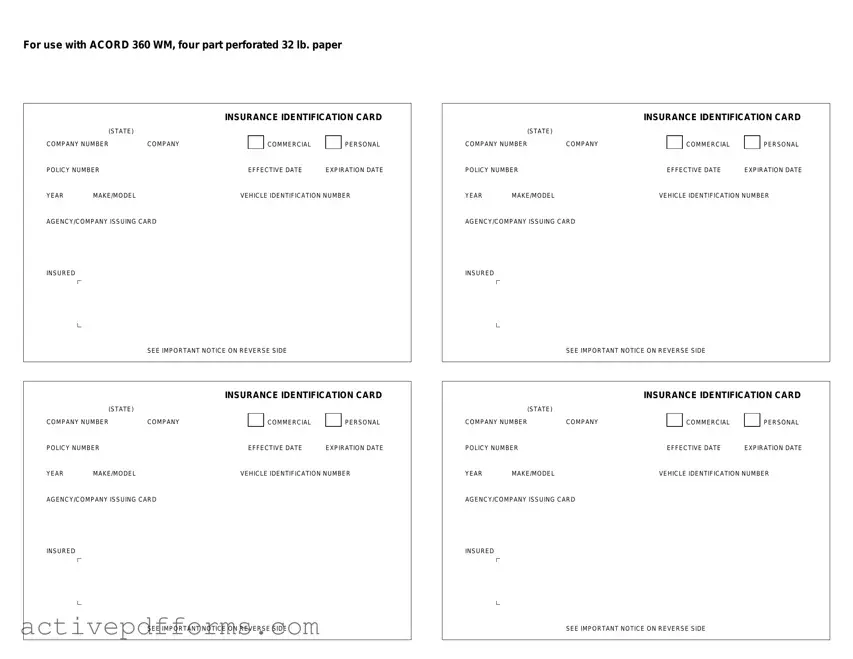Free Acord 50 WM PDF Template
The Acord 50 WM form, a document devoid of content as indicated by "NULL," presents an intriguing point of discussion in the realm of insurance documentation. This scenario, where a form is acknowledged yet contains no data, sheds light on the importance of understanding the function and significance of such documents. It serves as a reminder of the complexities and nuances involved in navigating insurance paperwork.
Edit Acord 50 WM Now


